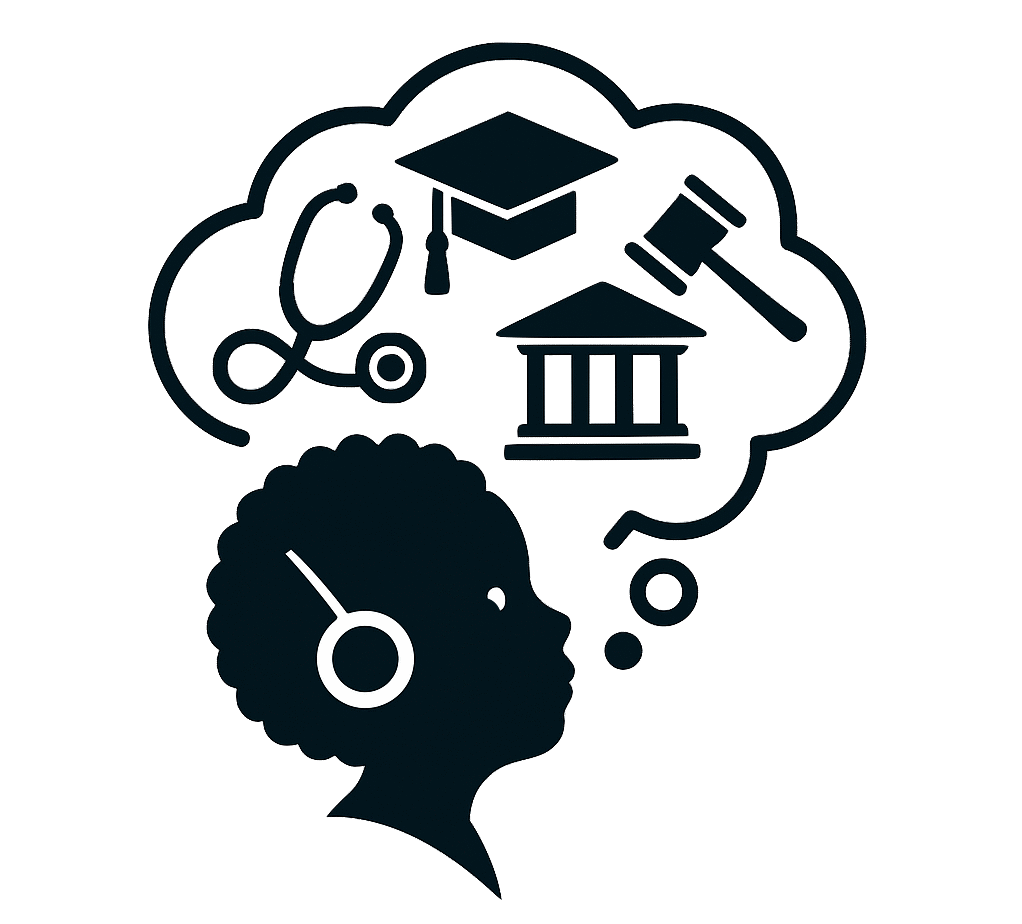Why This Matters
Critical Problem
Children from Low-Income Backgrounds Are Shut Out From High Paying Careers Before They Even Have a Fair Chance.
The most powerful, high-income, and fast paced careers are generally pursued by those who have been told about those careers growing up.
For disadvantaged kids: they grow up without anyone around who works in those fields —
No doctors at the dinner table
No engineers in the neighborhood
No bankers in the extended family
No teachers outside the classroom
These careers aren’t just out of reach; they’re off the radar entirely.
This perpetuates cycles whereby high-income careers like high finance, specialty medicine, software engineering, academia are overwhelmingly dominated by those with intergenerational privilege and exposure.
This directly impacts grades, graduation rates, and college placements.
For Advantaged Children:
• “Life begins where school ends.” These children grow up with a clear picture of life after high school, and the myriad of potentially lucrative and fulfilling careers beyond it.
• This expectation of increased reward drives increased motivation, manifests in higher effort, higher resultant GPAs, increased extracurricular and civic engagement, and thus increased college placement
For Disadvantaged Children:
• It’s the opposite. Life after school is often a fog: unclear, unsupported, and often filled with risk.
• What’s the point of grinding for top grades with no clear understanding of what they can be used for? This leads to decreased motivation and decreased outcomes.
By The Numbers: Quantifying The Crisis
Educational Attainment:
• Only 27% of low-income students graduate college within six years, compared to 60% of their high-income peers (Pell Institute, 2023).
• Children from wealthy families are 77x more likely to attend an Ivy League school than those from the lowest-income families (Chetty et al., Opportunity Insights, 2023)
• Among students in the bottom 20% of income earning families, fewer than 5% of students earn a bachelor’s degree by age 28
Career Attainment:
• 61% of medical school students come from families in the top 20% of income (Association of American Medical Colleges)
• Over 50% of investment banking and top tech hires come from just 15 schools. (Goldman Sachs, McKinsey HR Data)
Economic Immobility and Sociocultural Influences on Career Choice:
• Facebook’s analysis of millions of parent-child pairs showed that kids are significantly more likely to enter careers held by adults in their family or immediate network.
• However, 38% of adults from struggling families report having no one in middle/high school who taught them how to succeed in a career
• 42% of children born in the lowest-income tax bracket remain there as adults; 39% born in the top bracket stay there
The Macroeconomic and Productivity Loss
• 4.1 million U.S. youth aged 16–24 are classified as “disconnected” (neither employed nor in school)—that’s ~11% of their age group. These youth cost about $37,500 per year in social services and lost productivity
• This represents ~$154 Billion USD / Year in lost productivity and social services. That’s:
• More than the revenue of over 250 Super Bowls
• It exceeds the entire annual budget of the U.S. Department of Education.
•More than 6 times NASA’s annual budget.
•More than the entire annual federal budget for food stamps
• Said Differently: It’s more expensive to do nothing than it is to do something. So let’s do something.
